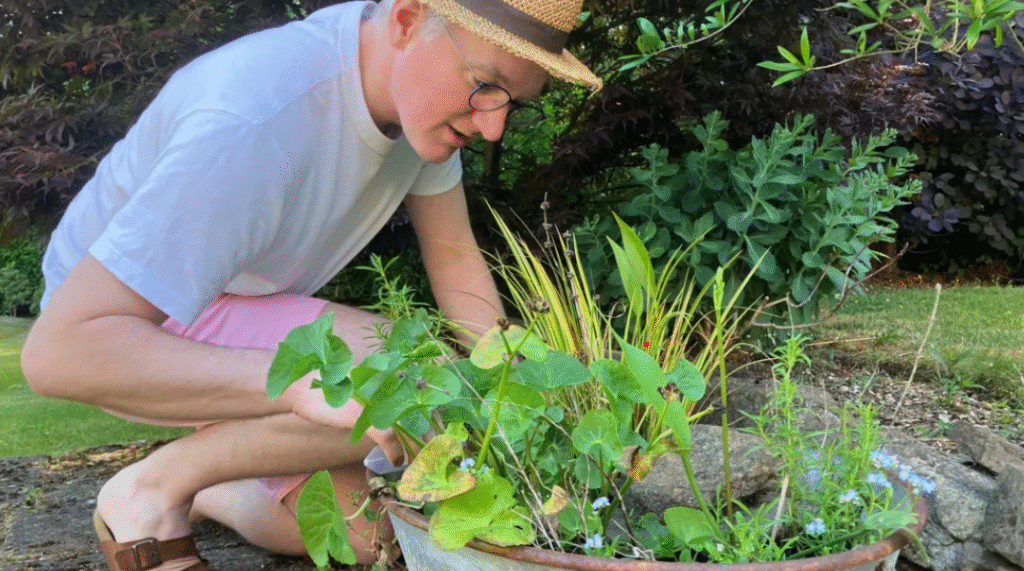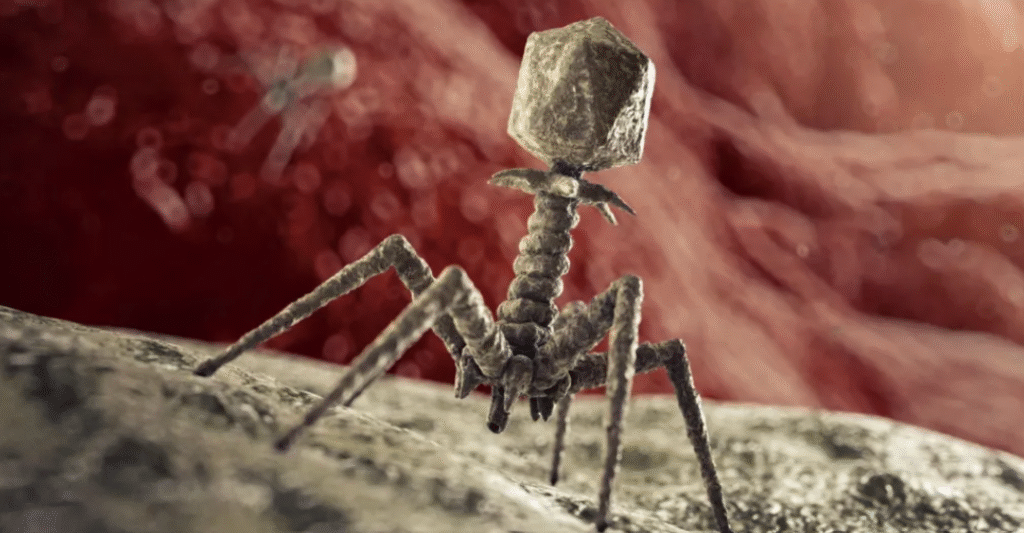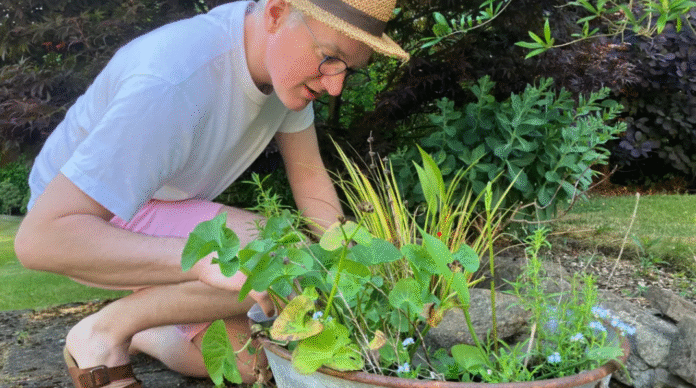A Virus Found in a Toilet That Might Save Lives
What if the next big breakthrough in fighting infections came from your own toilet? That’s the surprising story behind a bacteria-eating virus—known as a phage—that may offer hope against drug-resistant infections.
Unlike the usual viruses we fear—like the flu or Covid—phages don’t attack humans. Instead, they target bacteria, even dangerous superbugs that antibiotics can’t cure anymore.
Searching for a Helpful Virus in Dirty Water

In an experiment with the Phage Collection Project, researchers asked volunteers to collect water samples from dirty places. One sample came straight from a home toilet—unflushed and untouched for hours.
The samples were sent to the University of Southampton, where scientists filtered them and introduced them to bacteria from real patient infections. To everyone’s surprise, a phage from the toilet sample killed a stubborn urinary tract infection in the lab.
How Phages Work Against Bacteria
Phages operate like tiny moon landers. They attach to bacteria, inject their genetic material, and turn the bacteria into virus factories. Eventually, the bacteria burst open, releasing more phages to continue the attack.

One key benefit is that phages multiply as they go, unlike antibiotics which require repeated doses. They also don’t wipe out all bacteria—just their specific targets. That means fewer side effects and better precision.
From Lab Fun to Real-Life Treatment
The toilet phage, nicknamed the Gallagher-phage, may one day help patients battling infections. Dr. Franklin Nobrega from the university believes it shows strong potential.
“In just 24 hours, we got it to high concentrations. It’s already a strong bacteria killer,” he said.
Phages could be applied directly to infected wounds, inhaled through nebulizers for lung infections, or used to treat urinary tract infections—the current focus of the research.
Phage Therapy Isn’t New—but It Might Be the Future
Phage therapy dates back to the early 1900s. But when antibiotics became popular, the medical world lost interest. Today, as antibiotic resistance rises, phages are gaining attention again.
Over a million people die each year from drug-resistant infections. That number could hit 10 million by 2050. This silent crisis is already affecting hospitals worldwide.
Why This Matters Now More Than Ever
Antibiotics have long been the go-to cure, but their overuse has led to a rise in resistant bacteria. As Prof. Paul Elkington of the University of Southampton warns, “We’re seeing resistance now, and it’s only going to get worse.”
The bacteria-eating virus discovered in a toilet might seem strange, but it represents a powerful, natural way to fight back against deadly infections.

